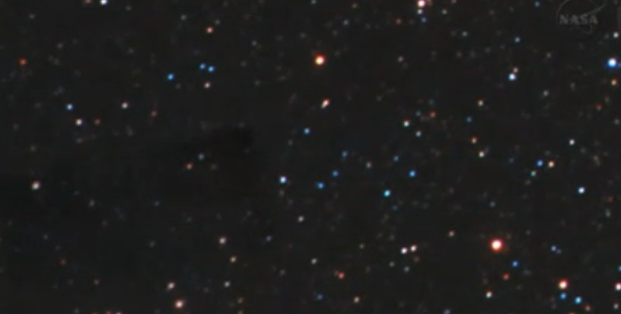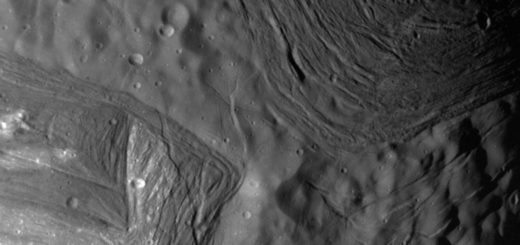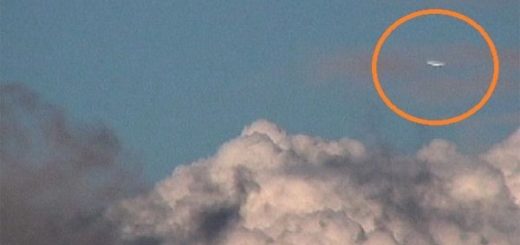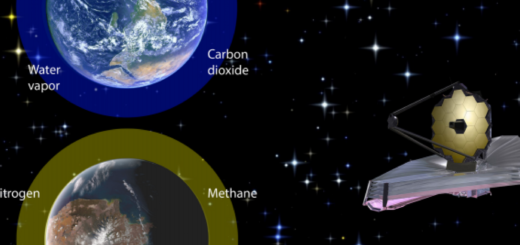Ancient afterglow of Big Bang shows universe older than previously thought

PARIS – New results from a look into the split second after the Big Bang indicate the universe is 80 million years older than previously thought but the core concepts of the cosmos — how it began, what it’s made of and where it’s going — seem to be on the right track.
The findings released Thursday bolster a key theory called inflation, which says the universe burst from subatomic size to its now-observable expanse in a fraction of a second.
[pullquote]
The Big Bang is the most comprehensive theory of the universe’s beginning. It says the visible portion of the universe was smaller than an atom when, in a split second, it exploded, cooled and expanded rapidly, much faster than the speed of light.
The European Space Agency’s Planck space probe looked back at the afterglow of the Big Bang, and those results have now added about 80 million years to the universe’s age, putting it 13.81 billion years old.
More On This…
‘Digital Bible’ reaches 100 million listeners
NASA locks out foreigners, orders security review following concerns of Chinese spying
Apple hired a ‘bozo,’ tech journalist Gruber says
How physicists fill out their college hoops brackets
The probe also found that the cosmos is expanding a bit slower than originally thought, has a little less of that mysterious dark energy than astronomers figured and a tad more normal matter. But scientists say those are small changes in calculations about the cosmos, nothing dramatic when dealing with numbers so massive.
“We’ve uncovered a fundamental truth of the universe,” said George Esfthathiou, director of the Kavli Institute for Cosmology at the University of Cambridge who announced the Planck satellite mapping. “There’s less stuff that we don’t understand by a tiny amount.”
The $900 million Planck space telescope was launched in 2009. It has spent 15 1/2 months mapping the sky, examining light fossils and sound echoes from the Big Bang by looking at the background radiation in the cosmos. The device is expected to keep transmitting data until late 2013, when it runs out of cooling fluid.
Officials at NASA, which also was part of the experiment, said this provided a deeper understanding of the intricate history of the universe and its complex composition.
Outside scientists said the result confirms on a universal scale what the announcement earlier this month by a different European group confirmed on a subatomic scale — that they had found the Higgs boson particle which explains mass in the universe.
“What a wonderful triumph of the mathematical approach to describing nature,” said Brian Greene, a Columbia University physicist who was not part of the new research. “It’s an amazing story of discovery.”



 Creators of mankind
Creators of mankind Description of “Tall white aliens”
Description of “Tall white aliens” Where they came from?
Where they came from? About hostile civilizations
About hostile civilizations The war for the Earth
The war for the Earth “Tall white aliens” about eternal life
“Tall white aliens” about eternal life Video: “Nordic aliens”
Video: “Nordic aliens” Aliens
Aliens Alien encounters
Alien encounters The aliens base
The aliens base UFO
UFO Technology UFO
Technology UFO Underground civilization
Underground civilization Ancient alien artifacts
Ancient alien artifacts Military and UFO
Military and UFO Mysteries and hypotheses
Mysteries and hypotheses Scientific facts
Scientific facts


















